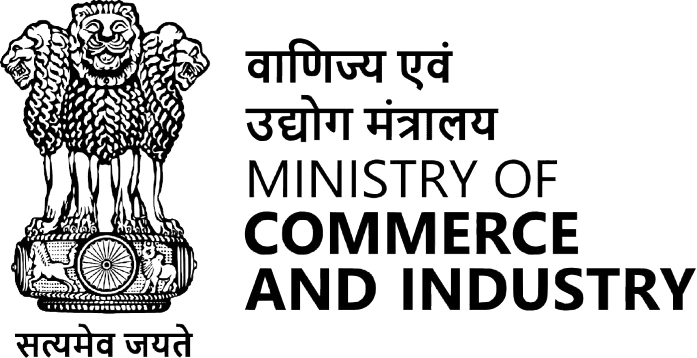Executive Committee Election
The Executive Committee Election typically refers to the process through which members of an organization’s executive committee are chosen. This committee plays a critical role in overseeing the governance, policy direction, and operations of an organization, and its members are usually elected by the broader membership of the organization or appointed by a governing body. Here’s a comprehensive overview of what such an election entails:
What is the Executive Committee?
- The Executive Committee is a governing body responsible for making strategic decisions for an organization, institution, or business. It is typically composed of key officials like the Chairperson/President, Vice-Chairperson/President, Secretary, Treasurer, and other board members.
- The Executive Committee acts as the organization’s leadership, responsible for its overall governance, financial management, and policy formulation.
Purpose of Executive Committee Elections
- Membership Status: In most cases, only registered and active members of the organization are eligible to contest the election.
- Experience: Some organizations may require a minimum level of experience within the organization or sector for candidates to be eligible.
- Compliance: Candidates may need to meet certain ethical or compliance criteria, such as having a clean record of service within the organization.
Election Process
The election process can vary depending on the organization’s rules and bylaws, but the general steps include:
- Nomination Phase:
- Call for Nominations: The election committee issues a call for nominations, encouraging eligible members to submit their candidacies.
- Nomination Submissions: Candidates or their supporters submit nomination forms, often accompanied by a brief candidate profile or statement.
- Screening: The nominations are screened to ensure that candidates meet the eligibility criteria set by the organization.
- Campaign Phase:
- Candidate Platforms: Candidates may present their vision and policies for the organization through speeches, manifestos, or position papers.
- Engagement: Campaigns can involve candidate forums, debates, Q&A sessions, and networking with voters.
- Ethical Conduct: Candidates are usually expected to maintain high ethical standards during campaigns and avoid practices like vote-buying or negative campaigning.
- Voting Phase:
- Voter Eligibility: Only eligible members of the organization are allowed to vote. Some organizations may require membership fees to be paid and up-to-date records.
- Voting Methods: Voting can take place via physical ballots, electronic voting platforms, or through mail-in ballots, depending on the organization’s preferences.
- Secrecy of the Vote: In most organizations, votes are cast in secret to ensure fairness and prevent undue influence.
- Results and Declaration:
- Vote Counting: Votes are tallied by an election committee or a neutral third party to ensure transparency and accuracy.
- Result Announcement: The winning candidates are announced, often at an annual general meeting (AGM) or a special meeting.
- Dispute Resolution: Some organizations provide a period for election disputes to be raised and addressed if there are concerns about the fairness of the process.





